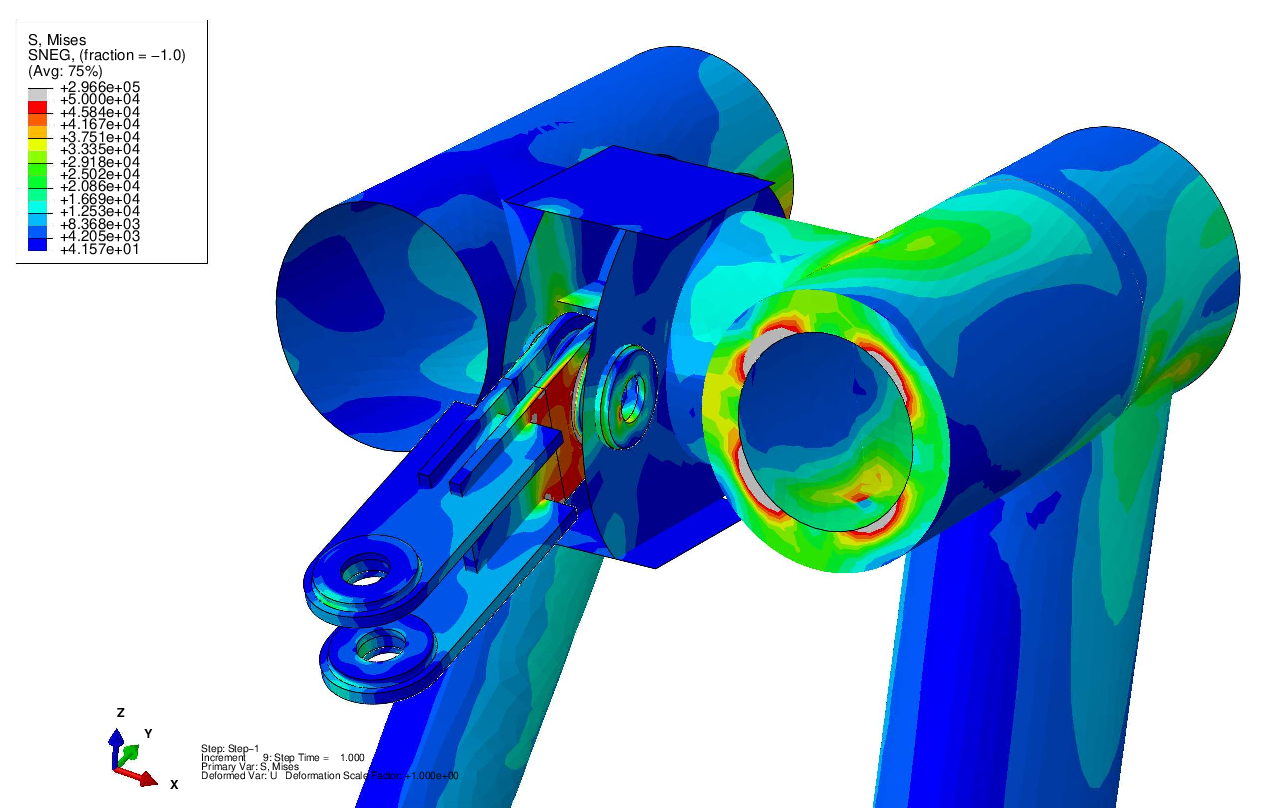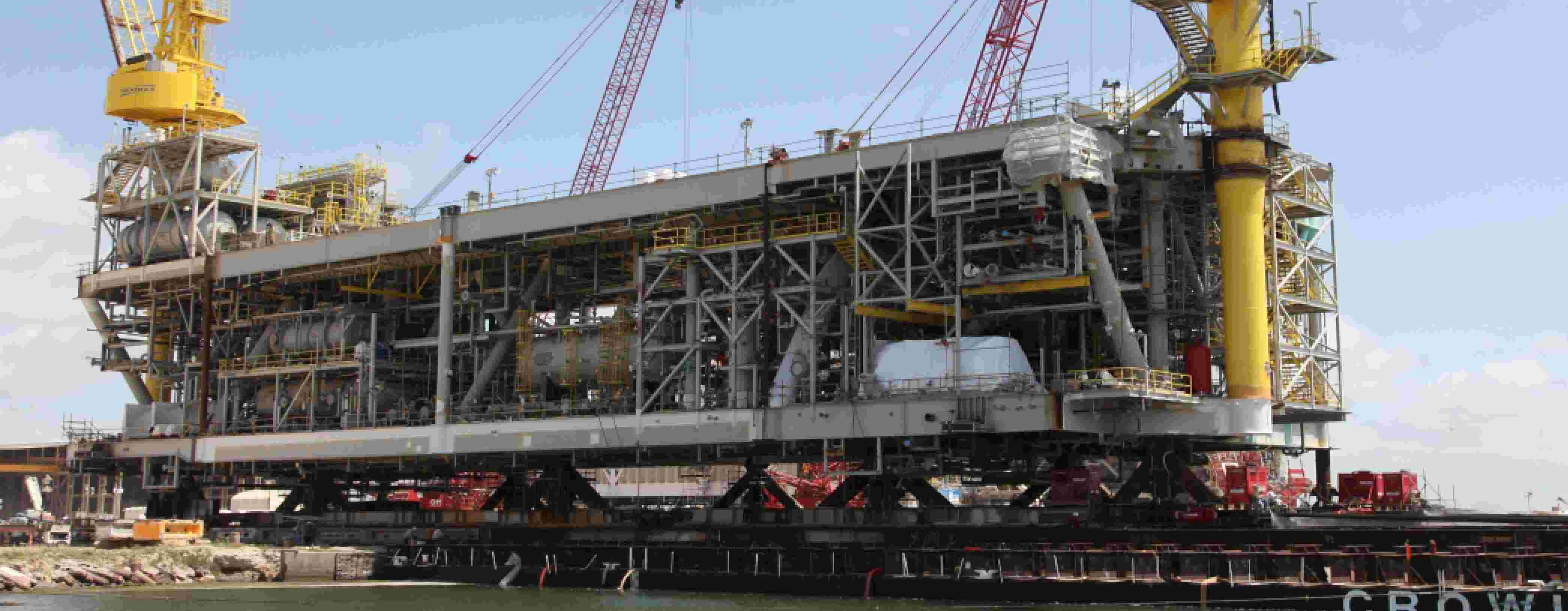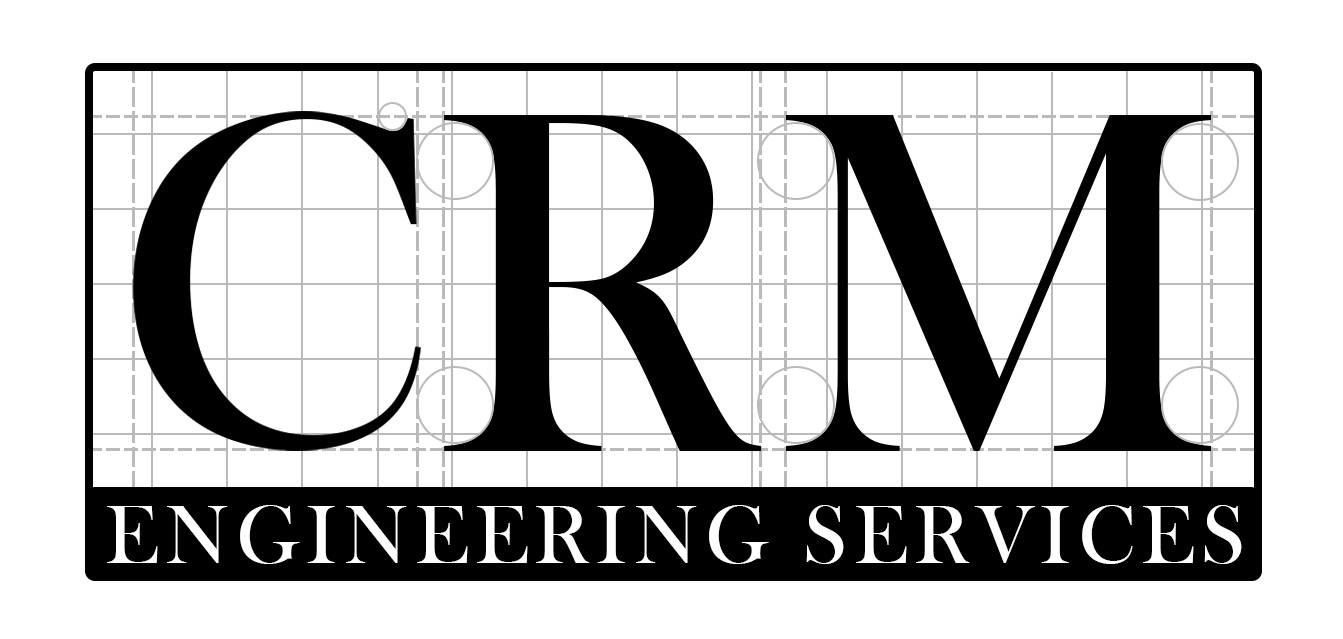Reamer CFD
Reamers are downhole cutting tools used to enlarge and smooth out the drifts, correct crooked holes, restore under-gauged holes or amend hole irregularities that could cause complication or delay for the drill string. This reamer design uses fluid circulation to rotate the reamer.
In order to better understand the performance of this tool, a Computational Fluid Dynamics (CFD) model was built in which the reamer rotates from the impulse of the directional fluid flow. Since this simulation uses a rotating Arbitrary Mesh Interface (AMI), a transient solution is required. Modifications to the number and profile of the impulse drive cavities can help to improve the target torque.
Casing and Tubing Connections ISO 13679/API RP 5C5
The evaluation of casing and tubing connection performance is a vital part of a reliable tubing well design for the oil and natural gas industry. Connections are subject to loads that include internal pressure, external pressure, axial tension, axial compression, bending, torsion, and large temperature deltas. ISO 13679/API RP 5C5 specifies tests that can be specified by the purchaser for the OTG supplier to verify the connector strength and seal integrity for loads that span the pipe body envelope.
We have analyzed many hundreds of connectors from dozens of OTG vendor's product lines over the years. We have developed an automated methodology that will generate the connector envelope for the series A, series B, and other load paths.


Frame Rollup Apex
When fabricating a large platform, often the frames are fabricated flat in the yard and then rolled up on each side. Large strand jacks are used to pull the frames into position. For balance, frames on each side are rolled up simultaneously. At the apex, the structure must accomodate the change in angle during the roll up. Our client required a detailed non-linear finite element analysis to determine the ultimate strength capacity of the apex structure and the lift plate.
Big Foot Platform Weighing cans
Before a module is slipped onto a barge for transport and eventual offshore installation, the module is weighed to verify the module weight. To accomplish the weighing operation, weighing cans underneath the module at the (typically) tubular members are outfitted with jacking lugs under which load cells and massive hydraulic jacks are installed. As the module is lifted away from the support beams, the load cells record the weight of the module.


Hurricane Damage Fit for service
The 2005 Atlantic hurricane season was perhaps the most damaging ever. Due to the intensity and resulting damage, five names were retired: Dennis, Katrina, Rita, Stan, and Wilma. It was the first season to end with names well into the Greek alphabet (in January!). The cost of the 2005 season was estimated at $128 billion. The 2008 season was also active, with retired hurricane names Gustav, Ike, and Paloma. The damage to GOM assets was extensive. Several platforms were completely lost (mini-TLP Typhoon) and hundreds were damaged. Of particular concern was the observed significant wave height during these large storms. Waves were breaking over the cellar decks and damaging the support structure. After the storm, cellar deck support beams on many platforms exhibited damage from these large waves.
Jacket leg repair Novel repair solution
A brace separated from the chord on an offshore platform during a hurricane. Our client developed a novel repair involving a clamshell-like clamp. We were asked to develop a detailed finite element model of the clamp halves, the grout, the chord, and the brace so that the fatigue life of the design could be determined.


North Sea Decommissioning Lift from piles
The cost of dismantling oil production facilities in the UK North Sea over the next decade will be higher than previously forecast as more fields are scheduled to halt production. One such decommissioning activity involved lifting the platform from the ID of the piles using a custom lifting device. Of primary concern was the ability of the grout in the annulus between the pile and the sleeve to transfer the shear without failing.
